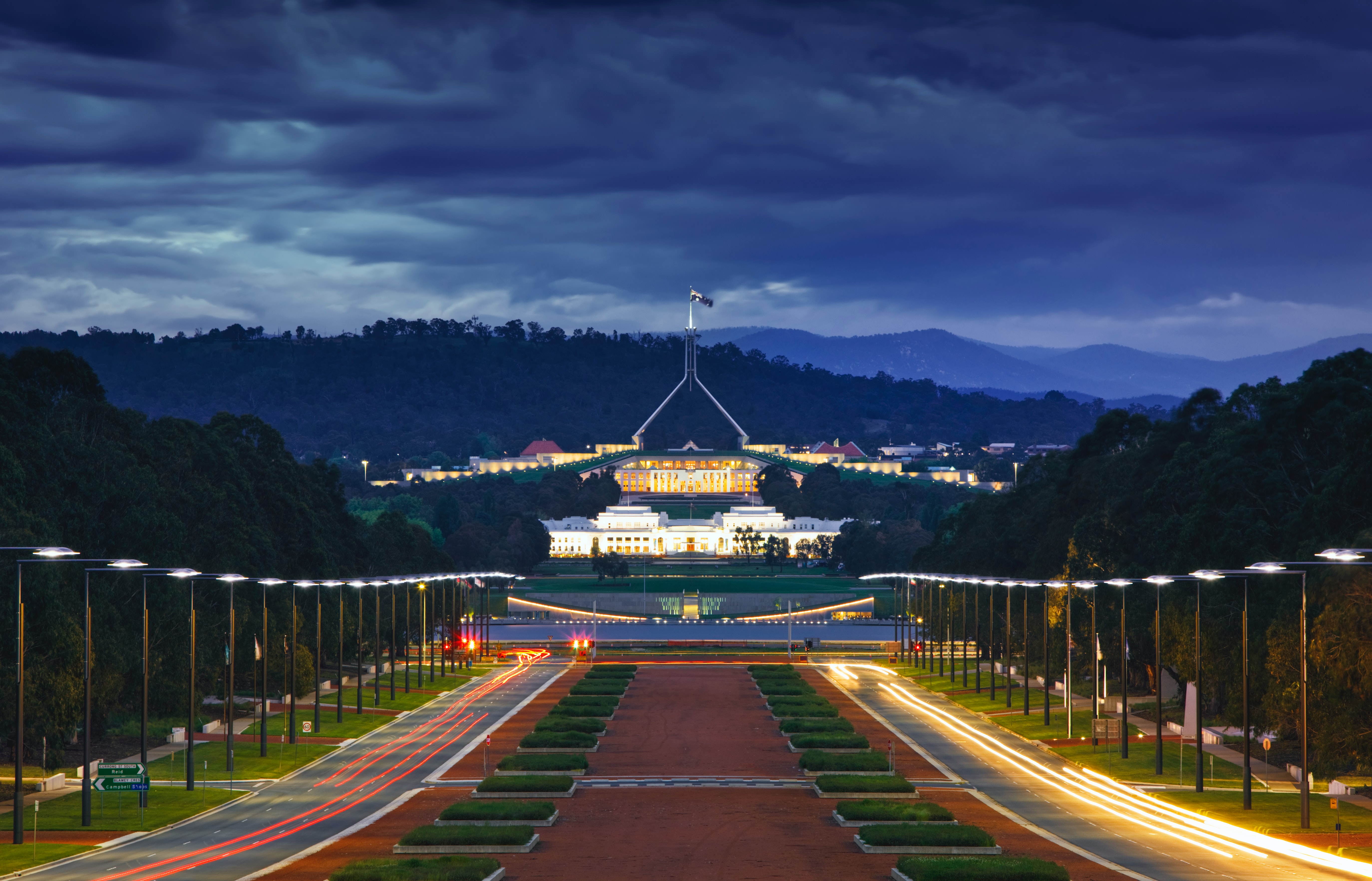Canberra: a city of change
The future of Canberra
Canberra is the capital of Australia. Its population is 395,000, and it has both natural and man-made features. The city's most notable natural sites include the Black Mountain Tower and the Australian National Botanic Gardens. Canberra has a well-developed road network that includes 12 highways and freeways.
Canberra's economy is diverse and has a well-educated workforce, with 40% of the workforce having tertiary education qualifications. The city also has extensive recreational and cultural facilities. The city is growing rapidly, and the population is expected to grow by 62,000 annually until 2051. The population will continue to grow at 3%, but slower than in previous years.
Canberra's economy is driven by the public sector and professional services. The Government employs 28% of the city's workforce, and this sector is expected to grow by 3% annually until 2051. The private sector accounts for 38% of the economy and is expected to grow at 3% annually until 2016. The city's unemployment rate was 5% in October 2018.
Canberra's total real GDP was $17.7 billion in 2017, an increase of 5.3% from the previous year. The city's major industries are public administration and safety, education and training, health care and social assistance, professional scientific and technical services, retail trade, accommodation and food services, arts and recreation, and administrative and support services.
What it will take to make Canberra a future-proof city
Canberra is the capital city of Australia and it is the richest city in the country. However, Canberra is falling behind when it comes to infrastructure when compared to other cities in Australia. To become a global city, Canberra must invest heavily in infrastructure. These investments will help Canberra become a hub of innovation and technology.
Smart infrastructure – With the growing popularity of IoT and AI, smart infrastructure will become increasingly important in the future. Installing smart sensors in city facilities will help Canberra gain a better understanding of its citizens' demands. This data can then be used to make Canberra a smarter place to live.
Renewable energy – Canberra should invest further in renewable energy to reduce its carbon footprint. Electric buses and lightrail can significantly reduce carbon emissions. While Canberra's current power generation capacity is 96% renewable, it should be increased to 100 percent by 2020. This will help the city become a greener environment to live in.
Smart electricity grid – The power grid in Canberra needs to be upgraded because it helps to power the city's technology infrastructure. A new smart grid will help mitigate power outages and will help power the city's smart infrastructure. Additionally, increases in electric vehicle use will place significant demands on the existing electricity network; therefore, upgrading the grid is critical for the future. Of particular note, increasing high-density living means upgrading existing parking facilities and mandating electric charging in future developments will further reduce demand on the grid and help the environment.
The 15-minute city - Canberra is a city that has approximately one urban hectare of greenery per resident, one of the highest levels globally. As Canberra continues to grow and expand, the 15-minute city concept can be used to increase access and connectivity around Canberra. The 15-minute city concept depends on a city connected by a network of green spaces, public transport and cycleways.
Reducing urban sprawl - As Canberra's population grows, it will sprawl further and further outwards. This will reduce the quality of life and decrease the surrounding suburbs' value. To prevent urban sprawl, Canberra should invest in stacking infrastructure and building apartments close to public transport stops.
How Are Autonomous Vehicles Going to Change Canberra's Landscape?
Driverless cars have sparked a lot of interest recently, and it's clear that this technology is set to change how we travel within Canberra. The ACT government is currently looking at how driverless cars can change how they transport people, which may influence how residents travel. Here are four ways driverless cars are going to change Canberra's landscape:
Changing relationships with driverless cars – Driverless may become an asset that is too valuable to leave in the garage or parked at the office all day. Even if they do not replace private vehicles, they may become an option for people without a vehicle of their own. Owners of driverless cars will likely subscribe their vehicles to shared transport services. This will mean fewer private vehicles on the roads and more shared driving resources.
Personalised transport - Driverless cars will lead to personalised transport where information will come to you on time about where and when you need to go. Modern technology will mean that your phone will warn you of traffic or that you will be able to find out about transport delays before your journey begins. This will make public transport more convenient and encourage people to cycle to work.
Multimodal transport – Driverless cars will bring about multimodal transport, where buses and light rail will carry more people by linking up with self-driving cars and last mile services.
New urban options – This new technology will encourage new urban options in Canberra. Using driverless vehicles will reduce the need for parking, allowing cars to be stacked on top of each other in parking facilities and freeing up land for new residential developments and parks. This will change how people live in Canberra, particularly in the city centre.
New service requirements - Driverless cars will require new service requirements if being used for multimodal and shared purposes they will need regular charging, cleaning, servicing and maintenance to ensure they are safe and working properly at all times. There may be opportunities to convert parking into service facilities, for example, in multi-storey parking facilities.
How Canberra's Future Light Rail Network Will Affect Our City
Canberra's Light Rail network is important to the city's future. With the Canberra light rail network, Canberrans will have quicker access to key destinations such as Canberra Hospital, Canberra Centre, Civic and the City to Woden Light Rail line. This light rail network is significantly benefiting Canberrans in their everyday lives; however, it also presents some challenges.
The light rail network will affect residents, businesses, and travellers in different ways. The construction will affect traffic, and commuters will have to make adjustments such as using alternate routes or avoiding certain roads during peak periods. Residents and businesses will have to change how they operate as well. For example, the light rail network will have an impact on parking and traffic congestion around light rail stops. Businesses will have to adjust their parking arrangements, and residents will need to plan ahead for parking challenges near light rail stops.
The light rail network will also affect public transport in Canberra. The light rail network connects to Canberra's existing bus network and will change how people travel in Canberra. With the light rail network, it will be more convenient for Canberrans to travel between suburbs without having to use their cars. It will become an increasingly important backbone of the city's transport system as it adapts to increasing levels of multimodal travel. For example, some bus stops may be phased out when the light rail network is complete. Additional last-mile solutions will need to be considered when providing transportation services to people in areas with no bus stops or interchanges.
Why the Future of Canberra Looks Bright
Canberra is a city on the rise. The capital of Australia has so much to offer its residents, tourists, and businesses that it's no wonder that it's booming. Canberra's growing population means that the city will continue to prosper for many years to come, but there are also a number of projects in the pipeline that will ensure that it maintains its position as one of the best places to live in Australia and the world.
As Canberra grows and more people move there, it's important that the city remains sustainable. This means investing in infrastructure that benefits both residents and the broader community and incorporating environmentally friendly solutions into city planning to ensure a brighter future.
The future cities will look very different to the cities we know today, which are being built now. By investing in smart infrastructure, renewable energy sources, public transport and planning for multimodal solutions, Canberra is positioning itself as a future global city.

